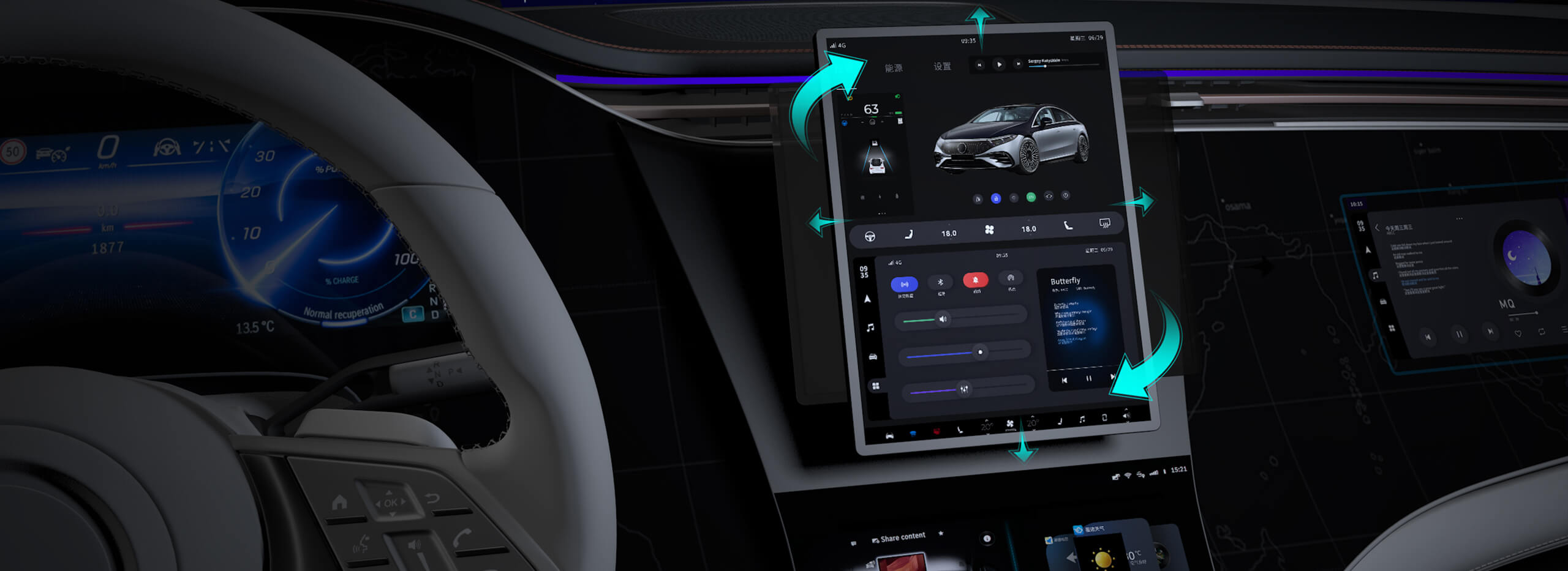Imagine building a system that's flexible, scalable, and ready to adapt as your business evolves. That’s where microservices architecture really shines, turning complex software into manageable, bite-sized pieces. But let’s be honest—coming up with project ideas for this kind of architecture isn’t always straightforward. How do you craft something innovative that actually makes a difference?

One of the coolest aspects of microservices is how they let you focus on small parts of a bigger picture. For instance, imagine a retail platform where the checkout process, user profiles, and product searches each run as separate services. Now, expand that idea—what if you develop a traffic monitoring system with separate microservices handling data collection, analysis, and alert notifications? The possibilities are endless.
There’s an undeniable appeal in the freedom microservices offer. No longer do you have to worry about rewiring the entire system when a new feature pops up. Need to integrate a recommendation engine? Just develop it as an independent service, plug it in, and grow. This modular approach accelerates innovation, but let’s not forget—flying solo can lead to dependencies that get tangled. Proper API management and strict boundaries are your best friends here.
What about some projects that spark excitement? E-commerce platforms are a playground. One microservice handles order processing, another manages customer reviews, others take care of inventory. As demand grows, you can spin up additional instances of certain services without bringing the whole system down. It feels almost like engineering a living organism—let parts grow and adapt without disrupting everything else.
Thinking about real-world problems, consider a healthcare data system. Separate services could handle patient records, appointment scheduling, and billing. When regulations change, update one microservice on its own, without rewriting the entire application. It’s practical and immensely efficient, especially when compliance must be kept tight.
The question often pops up—how do you know if a microservices project is right for you? If your current monolithic setup consistently hits bottlenecks or takes ages to deploy new features, then flipping the switch might be the move. But don’t jump in blindly. Smaller experiments, like a dedicated microservice for customer feedback, can give a taste of what’s possible without overhauling everything.
In essence, exploring microservices project ideas isn’t about just copying what others do. It’s about identifying pain points—manual workflows, slow deployments, scaling issues—and turning those into autonomous services. When executed thoughtfully, this approach transforms software into a living, breathing system that can grow faster, adapt quicker, and serve users better.
So, if you're pondering where to start, think about your biggest frustrations. Break them down into small, independent parts. Create services that solve specific problems. Over time, your architecture will build itself into a resilient, future-proof powerhouse. That's the magic of microservices—small projects, big potential.
Established in 2005, Kpower has been dedicated to a professional compact motion unit manufacturer, headquartered in Dongguan, Guangdong Province, China. Leveraging innovations in modular drive technology, Kpower integrates high-performance motors, precision reducers, and multi-protocol control systems to provide efficient and customized smart drive system solutions. Kpower has delivered professional drive system solutions to over 500 enterprise clients globally with products covering various fields such as Smart Home Systems, Automatic Electronics, Robotics, Precision Agriculture, Drones, and Industrial Automation.




































